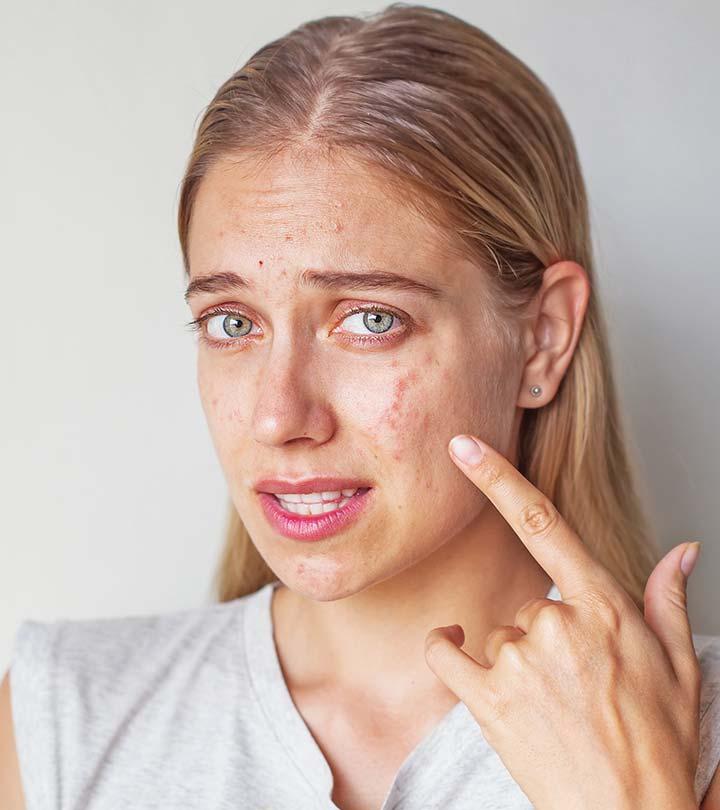Acne is a common problem that makes the skin feel uncomfortable and look terrible. The great news is that acne can be treated and eradicated, and the first step to doing this is learning about it. There exist different types of acne, and we intend to get to the bottom line in keeping you informed on how to treat each one.
According to dermatologists, there are mainly 4 types of acne:
-
Inflammatory Acne (Papules and Pustules)
-
-
As the name suggests inflammatory acne is a type that develops as a result of some form of inflammation in the skin.
Papules are the little zits you see that seem like they don’t want to come to head. What you see are little red dots, which are a result of bacteria infecting lesions and white blood cells working to fix them.
Pustules are almost similar to papules in that they form because of the action of bacteria. In appearance however, what you see is a little bit different. It looks like a zit that is surrounded by the redness of inflammation, along with a whitehead appearance that is filled with pus.
How to treat inflammatory acne:
The key to treating inflammation is to focus on products that help to bring inflammation down. Leegeehaam Grow Tree 70 Spot and the Acropass Trouble Cure kit are both great examples of spot treatment products with strong anti-inflammatory ingredients in their respective formulas to heal the skin.
-
Nodules and Cystic Acne
-

Both nodules and cystic acne are as a result of the bacteria that we previously mentioned unfortunately spreading under the skin and becoming harder to treat. They are by far the most severe and painful type of acne in this list.
Nodules feel like a lump under the skin that feels firm to the touch. They resemble papules, only more severe because the infection spreads and infects the surrounding areas. They are much harder to treat.
Cystic acne is big and sometimes appears in numbers. The pores become clogged and are eventually infected, making for a painful and tough to treat condition.
How to treat cystic acne:
Severe conditions may end up needing antibiotic medication to treat, but you can also help speed up the healing process with products that soothe and promote healing in the skin. Try cleansers that keep the skin clean and well soothed like iUNIK Centella Bubble Cleansing Foam for instance.
-
Comedonal Acne (Blackheads and whiteheads)
-

Blackheads and whiteheads are classified as comedonal acne because they are caused by some sort of buildup involving sebum that clogs the pores.
Blackheads manifest as tiny dark spots on the surface of your face. The buildup of sebum fills up the pores. Depending on how big the pores are, they can remain open and exposed to the air around the skin. Oxygen from the air can then enter the pores and oxidize the sebum within. The result is their characteristic black color.
Whiteheads are more or less the same, except the pores don’t remain open to the air as is the case with blackheads. The pores close up and remain clogged, which is why the sebum within is never oxidized and remains white in color.
How to treat comedonal acne:
Exfoliation is the most effective way to clear up the pores. Consider products with ingredients that focus in clearing up the pores from within. Neogen Dermalogy Canadian Clay Pore Cleanser is a good example, because clay has wonderful sebum absorbing qualities!
Understanding what type of acne you have makes it easier to find the right products to help you treat your condition. Consider consulting a dermatologist if your case is more severe, and continue browsing our collection of acne clearing products to restore your clear blemish-free skin.
